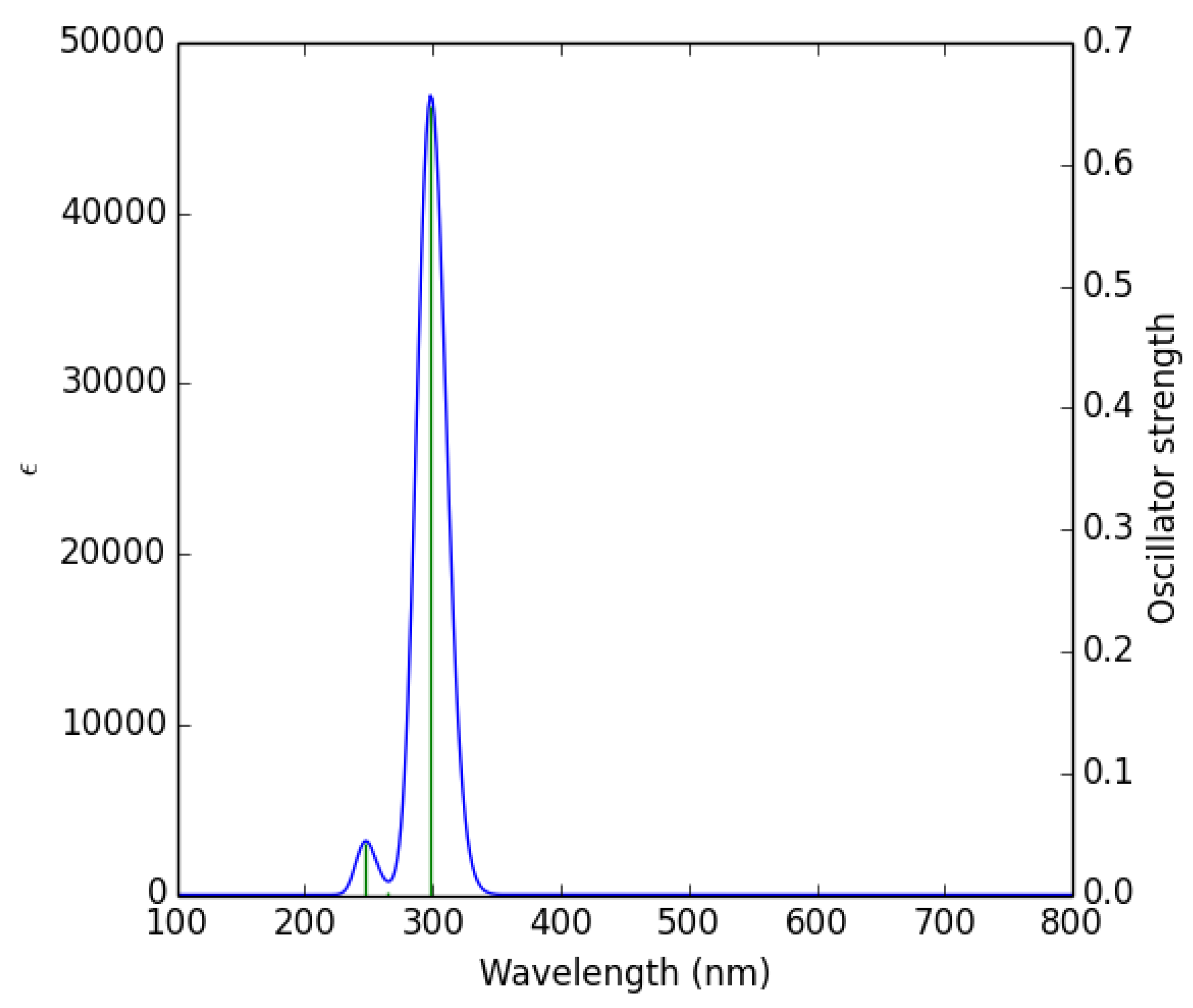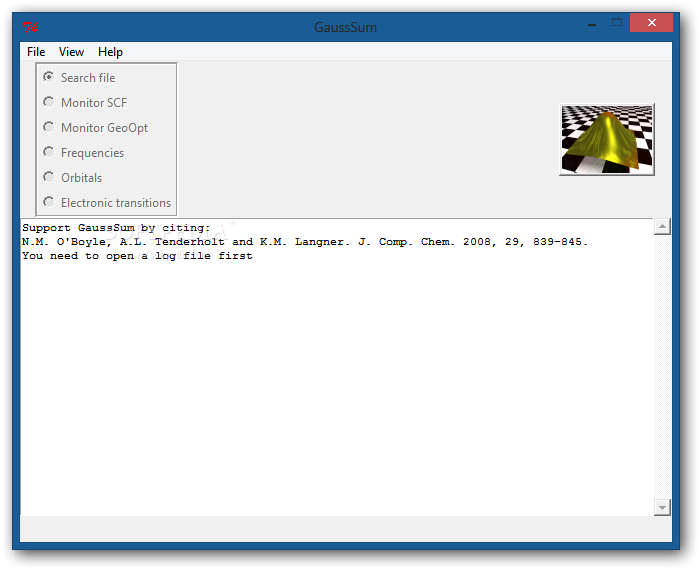
Additional investigations into the bond nature were made using density functional theory (DFT) methods at the B3LYP/6-31G(d) level geometry optimization, Mulliken atomic charges, MEP (molecular electrostatic potential), HOMO-LUMO (highest occupied molecular orbital-lowest unoccupied molecular orbital), TDOS (total density of states), PDOS (partial density of states), COOP (crystal orbital overlap population) and vibrational spectra were calculated/recorded and assessed carefully. The ECD spectra were simulated by the Gausssum 2.25 program3 ( 0.3 eV).

Considerable hydrogen bonding and aromatic C-H interactions co-operate to stabilize the whole complex, as well as to facilitate supramolecular assembly. For many years it has been known that the nine water molecules in M3Q4(H2O)94+ cuboidal clusters (MMo, W QS, Se) can be replaced by entering ligands, such as chloride or thiocyanate, and kinetic studies carried out mainly on the substitution of the first water molecule at each metal centre reveal that the reaction at the three metal centres occurs with statistical kinetics that is, a.
#GAUSSSUM 2.25 PROGRAM SERIES#
All the sulfinyl groups remain intact and the nonbonded Ca Ca distance is significantly longer than in other calcium dimers, indicating steric hindrance in the bridging ligands. In this study, we report synthesis of a new series of mixed-valence (MV) complexes having intervalence charge transfer (IVCT) energies variable from the first to the third telecommunication window. A large amount of disorder is found within the bridging L ligand and the conformation of the fused tetrahydrofuran ring exhibits great variety. Using low-temperature microcrystal synchrotron radiation, we demonstrate that this compound is in the form of a beautiful `butterfly molecule', consisting of a C 2-symmetric dinuclear (CH 3OH) 2 LCa II( 2- L) 2Ca II L(HOCH 3) 2 framework.

In this paper, we report the crystal structure analysis of a novel calcium-PPI compound incorporating bridging and terminal deprotonated ( R)-rabeprazole tricyclic ligands ( L), namely bis♶CH 3OH or ♶CH 3OH, which crystallizes from methanol in the polar C2 space group. Unfortunately, until now, very little information has been available on this topic. After an extensive research effort it has become clear that the fundamental interactions between metal atoms and PPIs are of paramount importance for both drug release and long-term therapeutic safety.

Proton-pump inhibitors (PPI) are prodrugs used widely to treat acid-related diseases since the late 1980s.


 0 kommentar(er)
0 kommentar(er)
